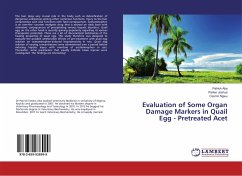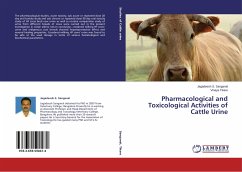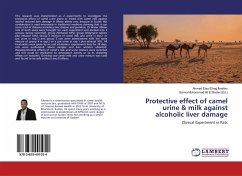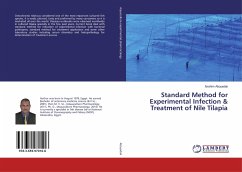The study was conducted to evaluate the serum metabolites, urine oxalate concentration, and some organ histopathology of dairy bull calves fed different inclusion rates of water hyacinth at the Dairy Training and Research Institute (DTRI), Dairy Farm, College of Agriculture and Food Science and at the College of Veterinary Medicine, University of the Philippines Los Baños, College, Laguna from August 2017 to December 2017. Sixteen Holstein Friesian-Sahiwal crossbred growing dairy bull calves with average weight of 87.30 kg were used as experimental animals. WH at 0, 10, 20 and 40% dry matter (DM) basis substitution of Napier grass in the total mixed ration served as treatments in four (4) randomized complete blocks, each block consisting of calves at the same weight range. Feeding of WH did not affect serum calcium (Ca) concentration but showed differences in serum magnesium (Mg) concentration. Oxalate crystals were not found in the urine despite the presence of oxalic acid in the chemical analysis made in the WH.








